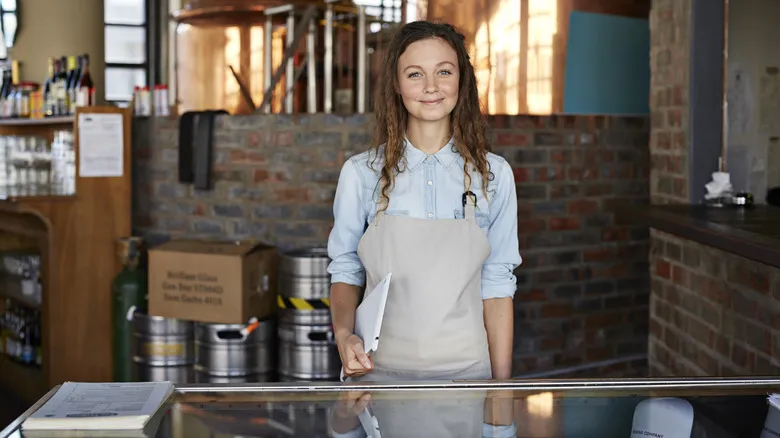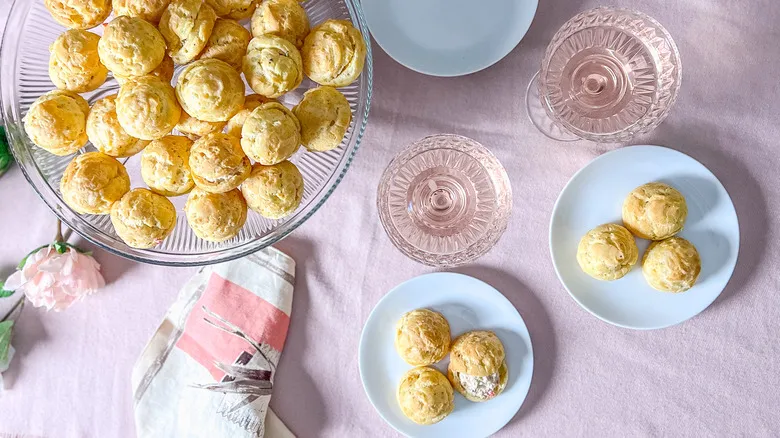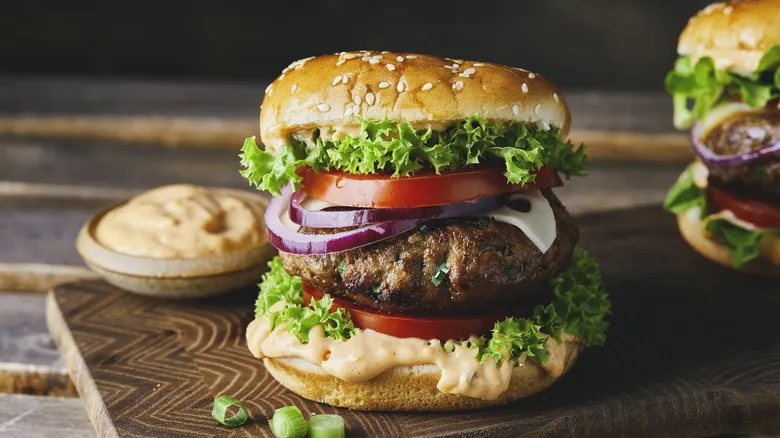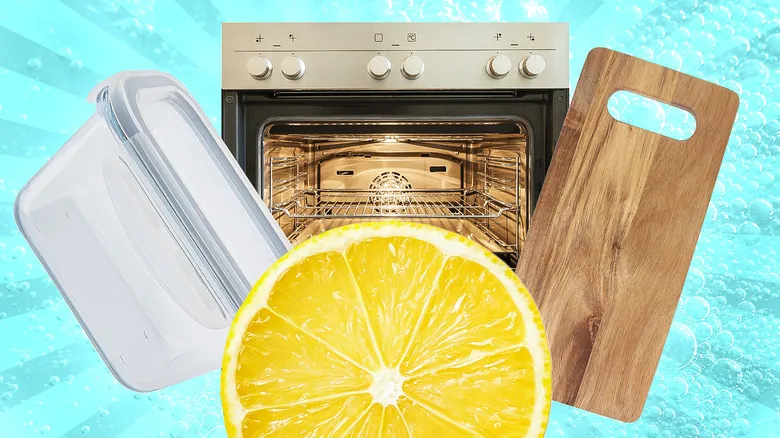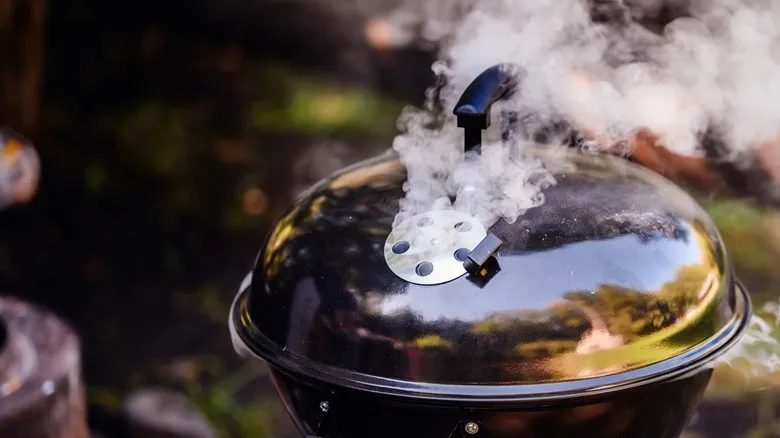What happened to female brewers?
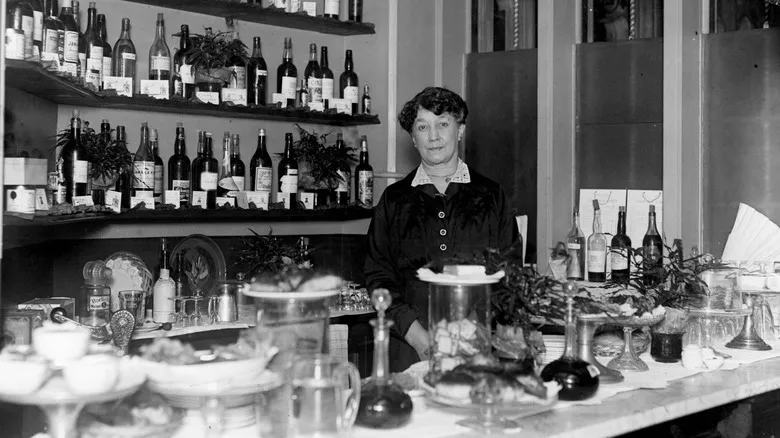
In the 1500s, as beer became a lucrative venture, women known as "brewsters" were marginalized, depicted not as the skilled creators of a flavorful, hoppy beverage but rather as witches concocting potions in a simmering cauldron. This shift led to a male-dominated brewing industry, where even the act of consuming alcohol became a male privilege. In Ancient Rome, affluent men enjoyed drinking, while women were restricted to a diluted, sweet version of wine called passum. Women were viewed as property, so the notion of them indulging freely was frowned upon.
Fast forward thousands of years, and the beer industry remains largely male-dominated. Male brewery owners outnumber their female counterparts by three to one, with only 7.5% of brewers being women, according to the Brewers Association. Given that women constitute 51% of the population, these statistics are striking. Fortunately, as Tara Nurin, a beer and spirits contributor for Forbes, noted in Wine Enthusiast, "We are witnessing women's involvement in beer at levels not seen since colonial times."
While women have played a crucial role in the production and development of beer, their influence extends far beyond the drink itself. They are responsible for the creation of bars, advancements in Champagne, and the popularization of single malt scotch, among other contributions. So, the next time you enjoy a lager, pilsner (which are distinct), or a sparkling Champagne, take a moment to raise a glass to women like Hildegard von Bingen (who likely first scientifically described hops) and Barbe Nicole Ponsardin Clicquot (who produced the first known vintage Champagne) for making these experiences possible.
Recommended
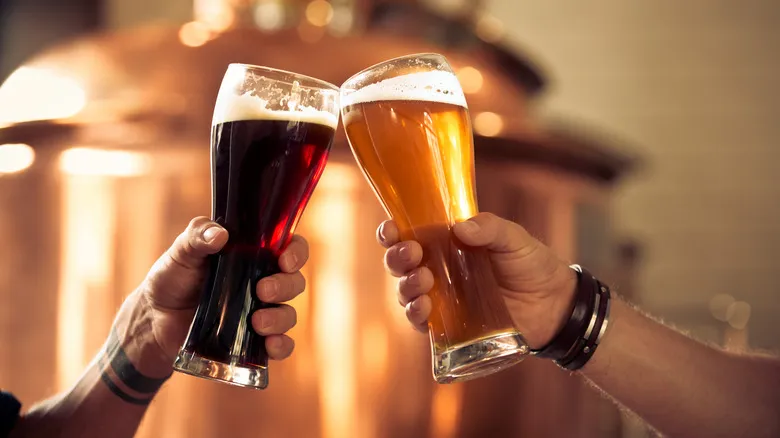
Ale Vs Lager: What's The Difference?
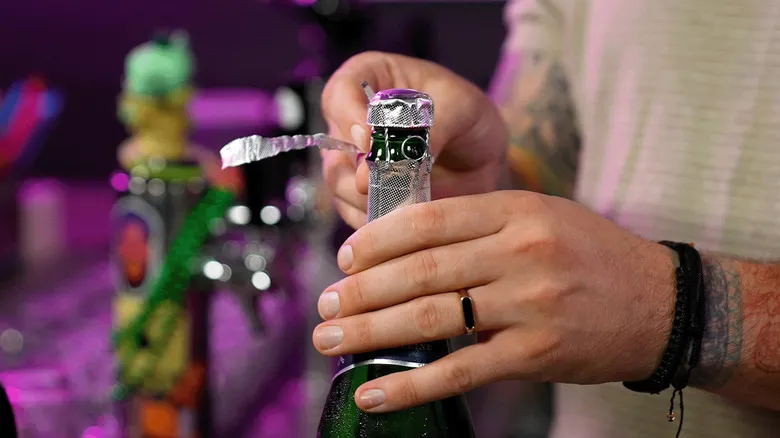
How To Open A Bottle Of Champagne - You're Doing It Wrong All Wrong
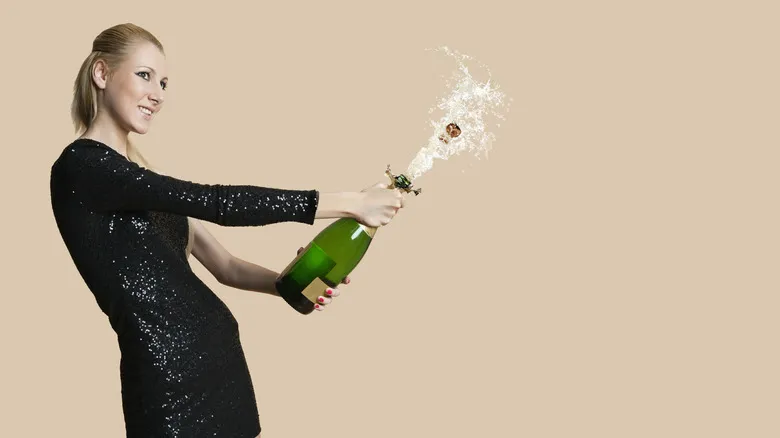
How To Open Sparkling Wine Like A Sommelier
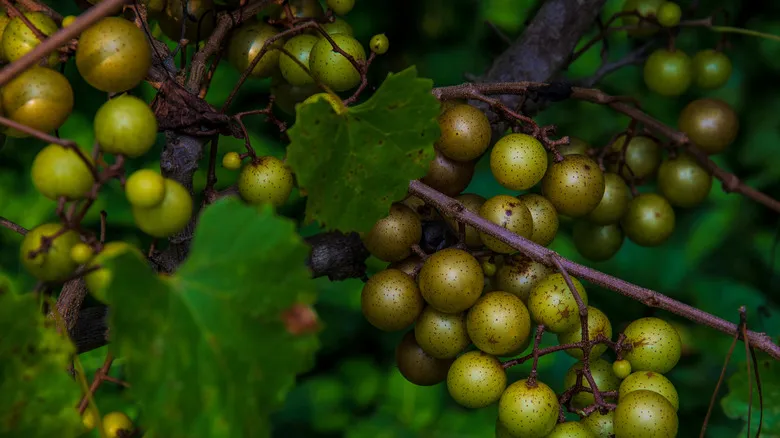
Why Scuppernong Wine Is A North Carolina Favorite
Next up

